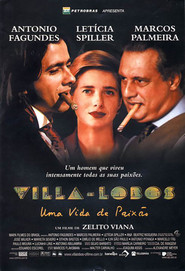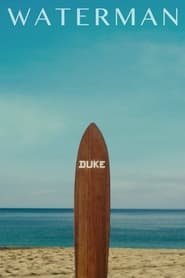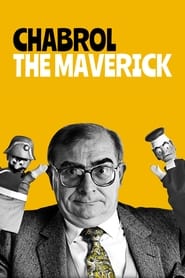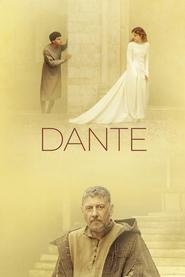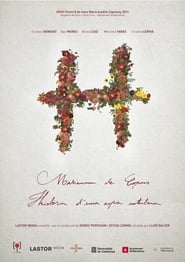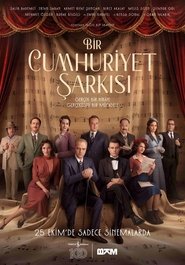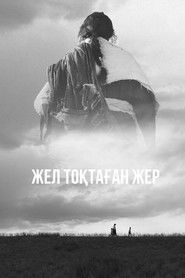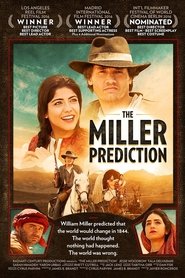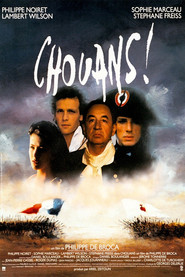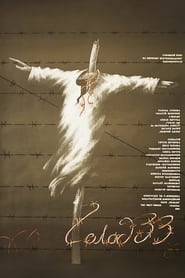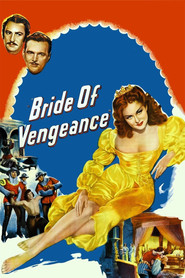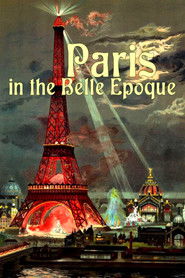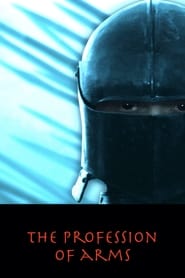Popular History Movies on Tub Tv - Page 171
-
Amir Naderi by Amir Naderi
2018
Iranian film director Amir Naderi talks to Zar Amir Ebrahimi about his career in this documentary directed and produced by Ebrahimi and broadcast by BBC World Service and BBC Persian. Amir Naderi is one of the most influential figures of Iranian modern cinema. He was born in 1945 in the Persian Gulf port of Abadan. Orphaned at an early age and living the life of a street urchin, Naderi had to survive by selling ice, working as a shoeshine boy and recycling empty beer bottles. He developed his knowledge of cinema by watching films in the theaters where he worked at a very young age. He began his career by taking pictures for some notable Iranian features. In the 1970’s, he started directing his own films, and made some of the most important movies of the New Iranian Cinema. After moving to New York in the early 90’s, Amir Naderi continued to make films. They have premiered at the Venice, Cannes, Tribeca, and Sundance Film Festivals. -
Hitler
1962
Hitler
1962
star 5.7Richard Basehart stars as one of the most influential and one of the most reviled men in history in this probing psychological study of a man who nearly gained dominance over the entire western world--at the cost of millions of lives--Hitler. -
Villa-Lobos: A Life of Passion
2000
star 6.1The film tells the story of an intuitive, adventurous man who loved his country and being Brazilian. This man fought to be loyal to himself. His music is a transparent portrait of his genius, intuition, freedom, adventure and passion for Brazil. -
Waterman
2022
Waterman
2022
star 8Five-time Olympic medalist and Native Hawaiian Duke Paoa Kahinu Mokoe Hulikohola Kahanamoku shattered records and brought surfing to the world while overcoming a lifetime of personal challenges. Waterman explores his journey and legacy as a legendary swimmer, trailblazer, and the undisputed father of modern-day surfing, following the sport’s first-time inclusion in this year’s Summer Olympics – a fitting tribute to his work promoting the sport around the globe. -
Claude Chabrol, the Maverick
2019
star 6.2An account of the life and work of French filmmaker Claude Chabrol (1930-2010), a sybarite Buddha, a furtive anarchist, an insolent lover of life. -
Dante
2022
Dante
2022
star 5.2The tormented life of Dante Alighieri, from solitary childhood to death in exile, seen through Giovanni Boccaccio’s journey to rehabilitate his memory. -
H
2014
-
A Republic Song
2024
A Republic Song
2024
During the Turkish artistic revolution of the 1930s, a group of pioneers staged Özsoy Opera, the first opera in the history of Turkish Republic. -
The Land Where Winds Stood Still
2023
Windy steppes of Kazakhstan. Starving people ravenously eat donkeys and their weaker comrades. Frantic, raw, gripping, and cannibalistic western inspired by testimonies of the historical Great Famine of the 1930s. Ruthless Jupar with her two boys Jolan and Boshay runs for survival to reach her childhood village with hopes to find living relatives. A mother with no tears to cry endures rains, sandstorms, feverish famine, poisoned crops, hungry vultures, rotten meat, and greedy betrayals. Jupar will have to steal, cut throats, and protect her and others’ children to witness fates worse than death. -
The Miller Prediction
2016
An American veteran travels to the Middle East searching for peace after suffering the horrors of the Civil War and the ridicule of his peers over his 'Crazy uncle William's prediction' ... -
Chouans!
1988
Chouans!
1988
star 5.9Directed by Philippe de Broca, the film recounts a bloody episode of the French Revolution. 1793, the Terror . In Vendée and in Bretagne, the chouans are revolting against the young Republic and fight for the monarchy restauration. The civil war divides also the family of the Count Savinien de Kerfadec, a liberal and generous noble and a flying machines inventor. -
Children of Labor: A Finnish-American History
1977
How Finnish immigrants came into contact — and conflict — with industrial America. Three generations of Finnish-Americans recount how they coped with harsh realities by creating their own institutions: churches, temperance halls, socialist halls, and cooperatives. -
State of Weightlessness
1994
star 8A documentary charting the rigors of the Russian space program, where the symbol of national pride would justify the most demanding training conditions. -
Amaya
1952
-
Iruvar
1997
Iruvar
1997
star 7.4A fictionalized account of the lives of 1980s Tamil Nadu political icons M. G. Ramachandran and M. Karunanidhi, continuing the tryst between Tamil cinema and Dravidian politics. -
Guardians of the Formula
2024
star 7.2In 1958, during the Cold War, two scientists, two worlds, and two ideologies faced a race for survival at the Vinca Scientific Institute near Belgrade. -
Famine-33
1991
Famine-33
1991
star 7.1The film about the Holodomor famine in Ukraine, based on the novel 'The Yellow Prince' by Vasyl Barka. The film is told through the lives of the Katrannyk family of six. It relies more on images than on words shot in black-and-white. -
Bride of Vengeance
1949
Bride of Vengeance
1949
star 4.5The tiny independent duchy of Ferrara is located between Casare Borgia's Rome and Venice, and Borgia has plans to conquer Venice via Ferrara. He murders his sister's husband and makes it appear that Alfonso D'Este of Ferrara was behind the killing. To avenge herself against Ferrara and D'Este, Lucretia Borgia marries D'Este and intends to poison him. But...she falls in love with him. -
Paris in the Belle Epoque
2019
star 7The Bokelberg photographic collection brings to life the Paris of the Belle Époque (1871-1914), an exhibition of workshops and stores with extremely beautiful shop windows before which the owners and their employees proudly pose, hiding behind their eyes the secret history of a great era. -
The Profession of Arms
2001
star 6.6In autumn of 1526, the Emperor, Charles V, sends his German landsknechts led by Georg von Frundsberg to march towards Rome. The inferior papal armies, commanded by Giovanni de'Medici, try to chase them in the midst of a harsh winter. Nevertheless, the Imperial armies manage to cross the rivers along their march and get cannons thanks to the maneuvers of its Lords. In a skirmish, Giovanni de'Medici is wounded in the leg by a falconet shot. The attempts to cure him fail and he dies. The Imperial armies assault Rome. The film is beautifully but unassumingly set, and shows the hard conditions in which war is waged and its lack of glory. It ends straightforwardly with the declaration made after the death of Giovanni de'Medici by the commanders of the armies in Europe of not using again fire weapons because of their cruelty.
 Netflix
Netflix
 Amazon Prime Video
Amazon Prime Video
 Apple iTunes
Apple iTunes
 Apple TV Plus
Apple TV Plus
 Disney Plus
Disney Plus
 Google Play Movies
Google Play Movies
 Paramount Plus
Paramount Plus
 Hulu
Hulu
 HBO Max
HBO Max
 YouTube
YouTube
 fuboTV
fuboTV
 Peacock
Peacock
 Peacock Premium
Peacock Premium
 Amazon Video
Amazon Video
 The Roku Channel
The Roku Channel
 AMC+
AMC+
 Kocowa
Kocowa
 Hoopla
Hoopla
 The CW
The CW
 Vudu
Vudu
 Starz
Starz
 Showtime
Showtime
 PBS
PBS
 Pantaflix
Pantaflix
 FXNow
FXNow
 Tubi TV
Tubi TV
 Kanopy
Kanopy
 Comedy Central
Comedy Central
 Crunchyroll
Crunchyroll
 Microsoft Store
Microsoft Store
 Redbox
Redbox
 Sun Nxt
Sun Nxt
 ABC
ABC
 DIRECTV
DIRECTV
 Crackle
Crackle
 Fandor
Fandor
 Plex
Plex


